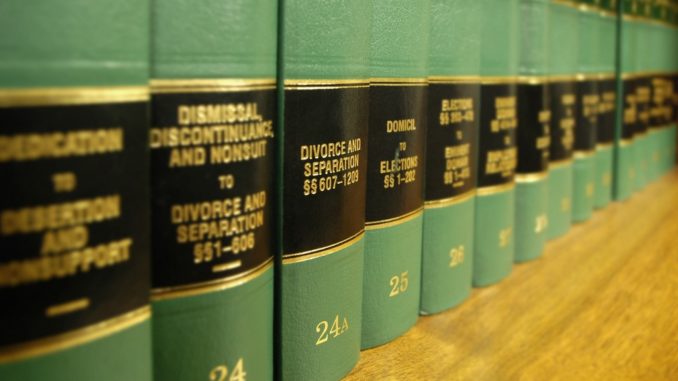
Depositions remain among the leading methods of discovery in court cases. More and more lawyers are now using them to get an edge in courtrooms and capture the jury’s attention. It is, after all, said that pictures speak better than words will, and traditional transcripts will not suffice for winning cases anymore.
Moreover, video depositions, unlike transcripts, allow the jury to appreciate a witness’s demeanor and non-verbal communication while giving his/her testimony. But most law firms in Phoenix, AZ see the need to hire court reporters for their video depositions.
They assume this is a simple task that can be handled by the latest cameras to cut back on the expenses of a professional court reporter. Video depositions are nonetheless not as easy as you might assume, and even seemingly harmless mistakes might lead to their rejection as credible testimony in courts.
Here are a few regulations that govern video depositions and make a court reporter an essential expert in their recording.
A Recording of Preliminary Statements
The federal rules on civil procedures contained in rule 30 (b) (4) require a deposition’s videographer to state his or her business address and name along with the place, date and time of the deposition. The other preliminary statements your video deposition should include are the names of all people present at the start and end of the videotape.
This includes the administration of the oath for witnesses. Some states also require a videographer to state the case’s name and announce the completion of the deposition on camera.
Indexing
In the majority of states, the videographer should index the deposition. This denotes the displaying of the second, minute, hour and date of the proceedings throughout. The timer can be digitally introduced into your video using the camera or through the placement of a clock in your video frame.
Editing
Most state rules, along with federal regulations governing court evidence, prevent the selective and intentional editing of witness statements from making them misleading. In editing, therefore, videographers should aim to have all video clips meant for use at a trial to make an accurate and complete representation of a witness’s testimony.
The courts often dismiss over-edited video depositions, and these might also paint you as sly in front of juries.

Custody
Federal rules that govern civil procedures require videographers to retain original deposition tapes in unedited formats until they certify the deposition’s authenticity. After certification, a videographer will seal the tapes then send them to the lawyer that requested the deposition for custody.
In a few states, however, the videographer can retain the original unedited tapes.
Number of Cameras
Though federal rules have no specifications on technical issues in a video deposition, some states have regulations on the number of cameras you can use. In one, for instance, you can use more than one camera simultaneously or in sequence. You can also have several simultaneous audio recordings for the deposition.
With the above regulations, you appreciate that it is easy to go wrong with your video deposition. This leaves you with a deposition that is either inadmissible in court or paints your client in a bad light. Getting a court reporter well-versed in video deposition is thus essential in winning your case.
